How To Keep Your Laptop Cool
Are you tired of your device overheating and slowing down during important tasks? Well, fear not. As a laptop cooling specialist, I’m here to give you some tips on how to keep your laptop cool and performing at its best.
Firstly, it’s important to understand why laptops tend to overheat in the first place. The main culprits are usually dust buildup, poor ventilation, or heavy usage for extended periods.
But don’t fret – there are simple solutions that can help prevent these issues from occurring and ensure optimal performance. With a little bit of knowledge and effort, you’ll be able to take control of your laptop’s temperature and say goodbye to those frustrating slowdowns once and for all.
Let’s dive into some tips on how to keep your laptop cool.
Understanding Laptop Overheating
Causes of overheating can range from blockages in the fan to dust and dirt buildup on the vents, so it’s important to identify the root of the issue.
Taking preventative measures such as regularly cleaning the laptop and avoiding blocking air vents can go a long way in preventing overheating.
Causes Of Overheating
As a laptop cooling specialist, it is important to understand the causes of overheating in order to provide effective preventive measures.
When your laptop gets too hot, there are health risks involved such as damage to internal components and even burns to your skin.
The most common cause of overheating is poor ventilation due to dust buildup or blockage of air vents.
Additionally, running too many programs at once or using power-intensive applications can also lead to increased heat production.
It is crucial to regularly clean your laptop’s fans and vents, ensure proper ventilation by not placing it on soft surfaces like beds or couches, and limit usage of heavy-duty applications for extended periods of time.
By taking these steps, you can keep your laptop cool and avoid potential health risks associated with overheating.
Preventative Measures
Now that we have discussed the causes of overheating, let’s dive into some preventative measures you can take to ensure your laptop stays cool.
As a laptop cooling specialist, I cannot stress enough the importance of proper ventilation. Always make sure your laptop is placed on a hard surface and not on soft surfaces like beds or couches which could obstruct airflow. Regularly cleaning your laptop’s fans and vents will also help prevent dust buildup and blockage.
In addition to these steps, external cooling options such as a laptop cooler or cooling pad can further enhance airflow and keep temperatures down during heavy usage.
By taking proactive steps towards ensuring proper ventilation and utilizing external cooling options, you’ll be able to maintain control over your laptop’s temperature and avoid potential health risks associated with overheating.
Monitoring Your Laptop’s Temperature
Now that we’ve discussed the importance of keeping your laptop’s temperature in check, let’s talk about how to monitor it.
Measuring accuracy is key when monitoring your laptop’s temperature, as a difference of just a few degrees can determine whether or not your laptop is experiencing thermal throttling – a process where your computer slows down its performance in order to prevent damage from overheating.
One simple solution for monitoring your laptop’s temperature is to use software solutions such as Core Temp or HWMonitor. These programs provide real-time data on your CPU and GPU temperatures, allowing you to keep track of any fluctuations or spikes.
It’s important to note that while these programs are generally accurate, they may not always be 100% precise due to variations in hardware configurations. Therefore, it’s recommended to cross-reference with other methods such as BIOS readings or infrared thermometers if possible.
And now that we know how crucial it is to keep tabs on our laptops’ temps, let’s move onto the next step: cleaning out those dusty fans and vents.
Also read: How to choose the best laptop for remote work
Cleaning Your Laptop’s Fans And Vents
While there are alternative cooling methods available for laptops, cleaning your laptop’s fans and vents is the most effective way to maintain its optimal performance. DIY cleaning tips can help you save money from costly repairs or replacements caused by overheating.
However, before starting any cleaning process, it’s essential to know common mistakes that may cause more harm than good. One of the most common mistakes people make when cleaning their laptops is using sharp objects like toothpicks or paper clips to remove dirt and debris from the fans or vents. These tools can damage delicate internal components, causing permanent damage to your device.
Instead, use a soft-bristled brush or compressed air to blow out dust and other particles from hard-to-reach areas safely. Once finished with cleaning your laptop, adjusting your power settings will further ensure maximum efficiency while keeping your device cool – let’s explore how?
Adjusting Your Laptop’s Power Settings
Optimizing your battery life is key to keeping your laptop cool.
Lowering the display brightness is an easy way to accomplish that.
Optimizing Battery Life
Are you tired of constantly searching for ways to extend your battery life? Well, look no further because I am here to help.
As a laptop cooling specialist, I understand the importance of optimizing power settings in order to keep your device running smoothly and cool.
There are many ways to save battery such as turning off Wi-Fi when not in use or reducing screen brightness. Additionally, adjusting power settings can significantly impact battery life.
By selecting ‘power saver’ mode on your laptop’s power options, it will automatically adjust hardware settings to conserve energy.
Another tip is to set the display turn-off time shorter so that if you step away from your computer it doesn’t waste any more energy than necessary.
These simple adjustments can make all the difference in extending your battery life while keeping your device cool at the same time.
Lowering Display Brightness
Now that you know how adjusting power settings can save battery life, let’s dive into another tip: lowering display brightness.
As a laptop cooling specialist, I highly recommend this technique to not only conserve energy but also reduce the heat generated by your device.
You can easily adjust the screen brightness in your laptop’s power options or through function keys on your keyboard.
Another advanced option is adjusting color temperature which reduces blue light emission and saves more energy.
It’s important to note that using external monitors may require additional adjustments as they often have their own brightness controls.
With these simple changes, you’ll be able to extend your battery life while keeping your laptop cool and comfortable for longer periods of use.
Using Cooling Pads And Stands
Cooling pads and stands are essential for making sure your laptop doesn’t overheat.
Let’s talk about how to choose the right cooling pad and stand for your laptop.
Cooling Pads
One effective solution is using a cooling pad to keep your laptop cool. Not only do they prevent overheating, but they also extend the life of your computer by reducing wear and tear on internal components.
When choosing the right cooling pad for your laptop, consider factors such as size compatibility, fan speed, noise level, and portability.
With so many benefits of cooling pads, it’s time to take control of your laptop’s temperature and invest in one today.
Cooling Stands
Now that we’ve discussed the benefits of cooling pads, let’s move on to another helpful accessory: cooling stands.
These are great alternatives if you prefer a more elevated position for your laptop while keeping it cool at the same time.
However, there are also some drawbacks to consider when choosing this option.
While they do provide better ergonomics and airflow compared to cooling pads, they can be less portable and take up more desk space.
But don’t worry – as a cooling specialist, I am here to guide you in selecting the best solution for your needs.
Keep reading for more tips and advice.
Upgrading Your Laptop’s Hardware
When it comes to upgrading your laptop’s hardware, choosing the right cooling system is key.
Installing new fans is a great way to help keep your laptop cool.
Choosing The Right Cooling System
If you’re looking to upgrade your laptop’s hardware, it’s important not to forget about the cooling system. Choosing the right cooling system can make all the difference in keeping your device running smoothly and efficiently.
There are several types of coolers available on the market, from traditional air-cooled systems to more advanced liquid cooling options. While air-cooling is generally less expensive and easier to install, it may not be as effective at maintaining low temperatures under heavy use. On the other hand, liquid cooling provides superior heat dissipation but can be more complicated and costly to set up.
Ultimately, choosing between these two options depends on your specific needs and preferences. As a laptop cooling specialist, I would recommend doing thorough research before making any decisions regarding upgrading your laptop’s hardware – including researching both types of coolers and weighing their pros and cons carefully.
Remember: when it comes to keeping your laptop cool, knowledge is power.
Installing New Fans
As a laptop cooling specialist, I understand the importance of keeping your device running smoothly and efficiently.
One way to achieve this is by upgrading your cooling system through DIY fan replacement or even advanced liquid cooling options. Installing new fans can be an easy and cost-effective solution, especially if you’re experiencing overheating issues or loud fan noise.
However, it’s crucial to weigh the benefits of liquid cooling as well – while it may require more work and investment upfront, its superior heat dissipation capabilities could greatly benefit heavy users.
Keep in mind that every upgrade decision should be based on your specific needs and preferences. So don’t let overheating control your laptop – take control with informed decisions about hardware upgrades.
Managing Your Laptop’s Processes And Programs
Now that you’ve upgraded your laptop’s hardware, it’s time to optimize its performance by managing the software. One of the biggest factors in keeping a laptop cool is proper software management.
Make sure to close any programs or processes that are not being used, as they can cause unnecessary strain on the system and generate excess heat.
Another important aspect of maintaining a cool temperature for your laptop is thermal paste application. Over time, the thermal paste between the CPU and heatsink can dry out and become less effective at transferring heat away from the processor.
Reapplying fresh thermal paste can help keep temperatures down and prevent overheating. However, if you’re not comfortable with this process, it’s best to leave it to a professional technician who has experience working with laptops.
To further avoid any potential overheating issues, it’s important to be mindful of where you use your laptop. Avoid placing it in direct sunlight or near sources of heat such as radiators or space heaters.
These external factors can make it more difficult for your cooling system to do its job effectively, resulting in increased temperatures within your device. By following these tips for optimizing performance and avoiding direct sunlight and heat sources, you’ll be well on your way to prolonging the life of your laptop while also ensuring that it runs smoothly and efficiently over time.
Avoiding Direct Sunlight And Heat Sources
To ensure your laptop stays cool, it’s essential to avoid exposing it to direct sunlight and heat sources. Sunlight is not only a source of heat but can also cause glare on the screen, making it difficult for you to work efficiently. Therefore, always place your laptop away from windows or any other areas that receive direct sunlight.
If you’re working in an environment with high temperatures, try using laptop sleeves that come with built-in cooling fans. These sleeves are designed to absorb excess heat and prevent your device from overheating. Additionally, elevating your laptop off surfaces like laps or tables will help improve airflow and keep the temperature down. However, be sure to avoid dusty environments as they can clog up air vents and reduce ventilation leading to overheating issues.
To maintain optimal performance and extend the lifespan of your laptop battery, there are some critical steps you need to take. But before we dive into those details let’s discuss why this is important in the first place.
Maintaining Your Laptop’s Battery Health
To start off, it’s important to be mindful of your charging habits. Overcharging can cause your battery to degrade faster, so it’s best to charge it when it drops to around 40% and unplug it when it gets to around 80%.
Secondly, battery care is key to preserving its health. Make sure to keep your laptop away from extreme temperatures, such as direct sunlight or cold weather, as it can damage the battery.
Lastly, reducing heat is key to maintaining your laptop’s battery health. Make sure to keep it away from sources of heat, like radiators, and use a laptop cooling mat to keep it from overheating.
Charging Habits
Imagine this: You’ve just finished an important project and your laptop’s battery is running low. Naturally, you reach for the charger to ensure that it doesn’t die on you at a crucial moment.
But did you know that how you charge your laptop can affect its overall health? As a laptop cooling specialist, I’m here to tell you about optimal charging habits for maintaining your laptop’s battery health.
Battery maintenance is key to ensuring that your device lasts as long as possible, so it’s essential to follow certain guidelines when charging it up. For example, avoid overcharging by removing the charger once the battery reaches 100%.
It may also be helpful to wait until the battery level drops below 20% before plugging in again. These small adjustments can make a big difference in extending the life of your laptop’s battery while keeping it cool.
Battery Care
Now that we’ve covered optimal charging habits for maintaining your laptop’s battery health, let’s shift our focus to overall battery care.
Ensuring proper care of your laptop battery is vital in prolonging its lifespan and preventing common issues like overheating.
Best practices for charging include removing the charger once the battery reaches 100% to avoid overcharging and waiting until it drops below 20% before plugging it in again.
But what about discharging your laptop battery? It’s important to avoid letting your battery drain completely, as this can cause irreversible damage.
Instead, aim to keep your battery level between 40-80%.
By following these simple guidelines, you’ll be able to take control of your laptop’s battery health and ensure maximum longevity without sacrificing performance or temperature management.
Heat Reduction
Alright folks, now that we’ve covered optimal charging practices for maintaining your laptop’s battery health, let’s shift our focus to something equally important: heat reduction.
As a laptop cooling specialist, I can tell you firsthand that overheating is one of the most common causes of battery damage and performance issues.
There are several factors that contribute to overheating, including high ambient temperatures, inadequate ventilation, and heavy usage. But don’t worry – there are plenty of prevention techniques you can use to keep your laptop cool and prevent damage.
Firstly, make sure your laptop is properly ventilated by keeping it on a flat surface and avoiding covering the vents with anything.
Secondly, consider investing in a laptop cooler or stand to improve airflow even further.
Finally, be mindful of how much strain you’re putting on your CPU and GPU. Try closing unnecessary programs or running them at lower settings if possible.
By taking these simple steps to reduce heat buildup in your laptop, you’ll not only prolong its lifespan but also maintain maximum control over its performance.
So why wait? Start implementing these tips today to keep your device healthy and happy.
Troubleshooting Common Laptop Cooling Issues
Did you know that 90% of laptop overheating issues are caused by poor cooling systems? This means that most people experience this problem due to the lack of proper maintenance and care for their device.
One of the main causes of overheating is a buildup of dust in your laptop’s fan or vents. Dust blocks airflow, causing heat to accumulate inside the computer.
Symptoms of poor cooling include your laptop heating up too quickly, making unusual noises, or shutting down unexpectedly. If left unaddressed, these symptoms can lead to permanent damage to your laptop’s hardware.
To prevent such problems from occurring, it is essential to clean your laptop regularly and ensure its fans work correctly.
You can use compressed air to remove any dust accumulated on the surface or even invest in an external cooler pad with built-in fans that help regulate temperature.
By taking good care of your system, you’ll be able to enjoy smooth performance while prolonging its lifespan without worrying about unexpected shutdowns or other related issues.
Conclusion
As a laptop cooling specialist, I hope this article has provided you with valuable tips on how to keep your laptop cool. Overheating can cause serious damage to your device and even affect its performance.
Did you know that according to a study by SquareTrade, overheating is one of the top three causes of laptop failure? This statistic highlights just how important it is to take measures to prevent overheating and ensure the longevity of your laptop.
By monitoring temperature, cleaning fans and vents, adjusting power settings, using cooling pads or stands, managing processes and programs, avoiding direct sunlight and heat sources, maintaining battery health, and troubleshooting common issues, you can significantly reduce the risk of overheating.
So don’t let your laptop become another statistic – follow these tips for a cooler, longer-lasting device.

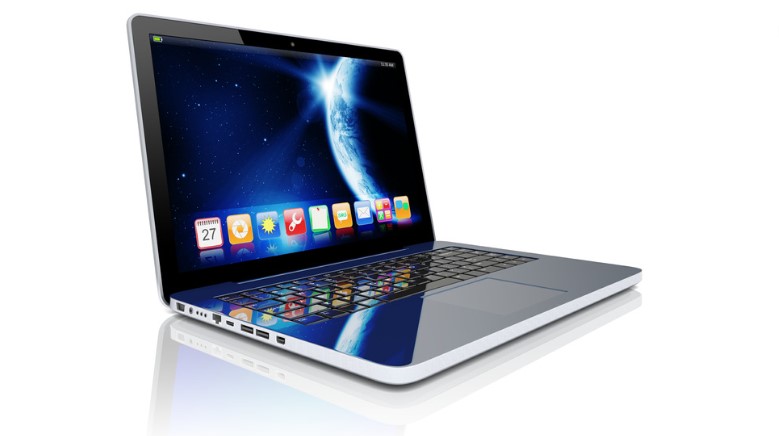
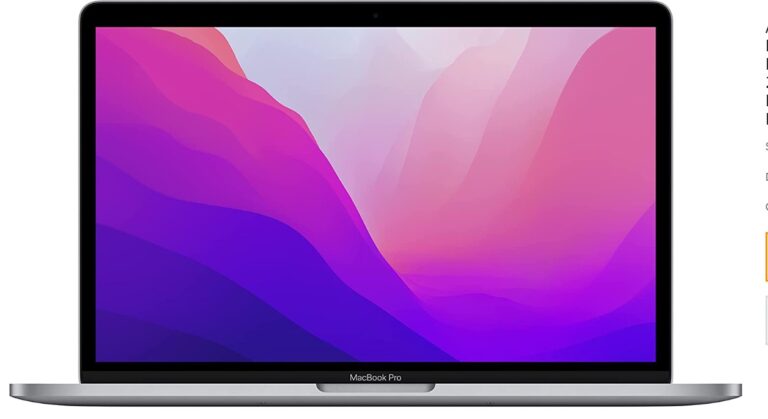
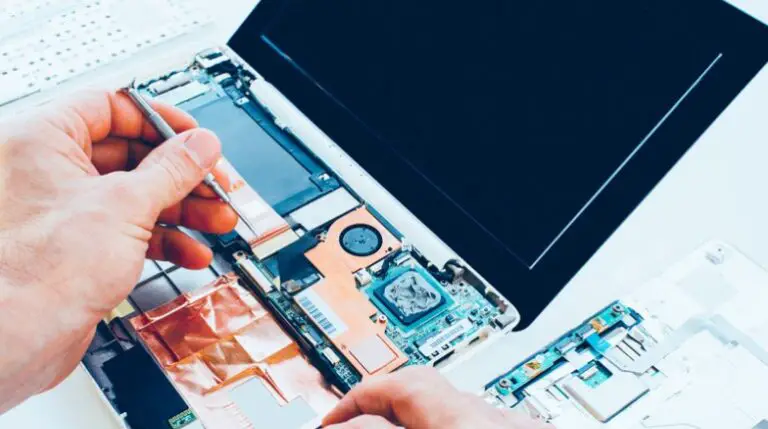
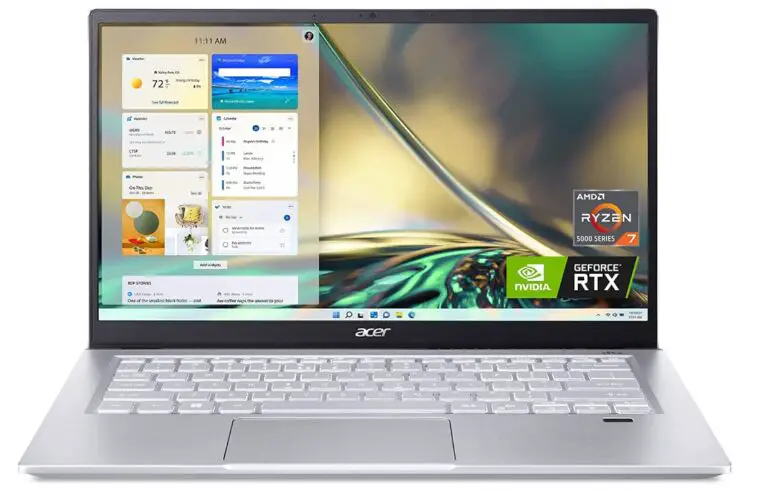

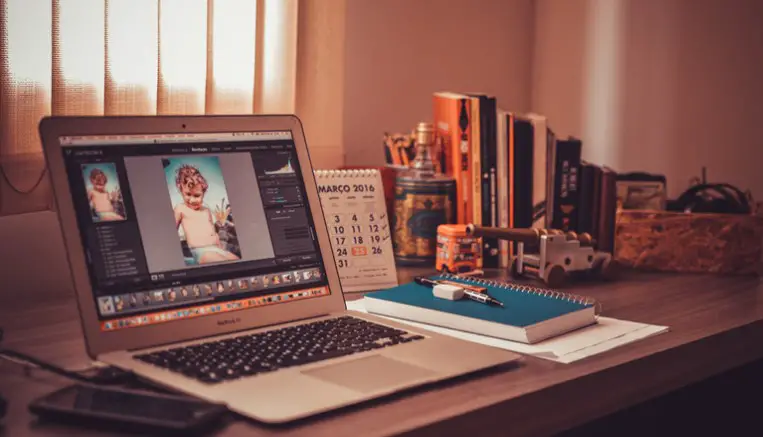

One Comment